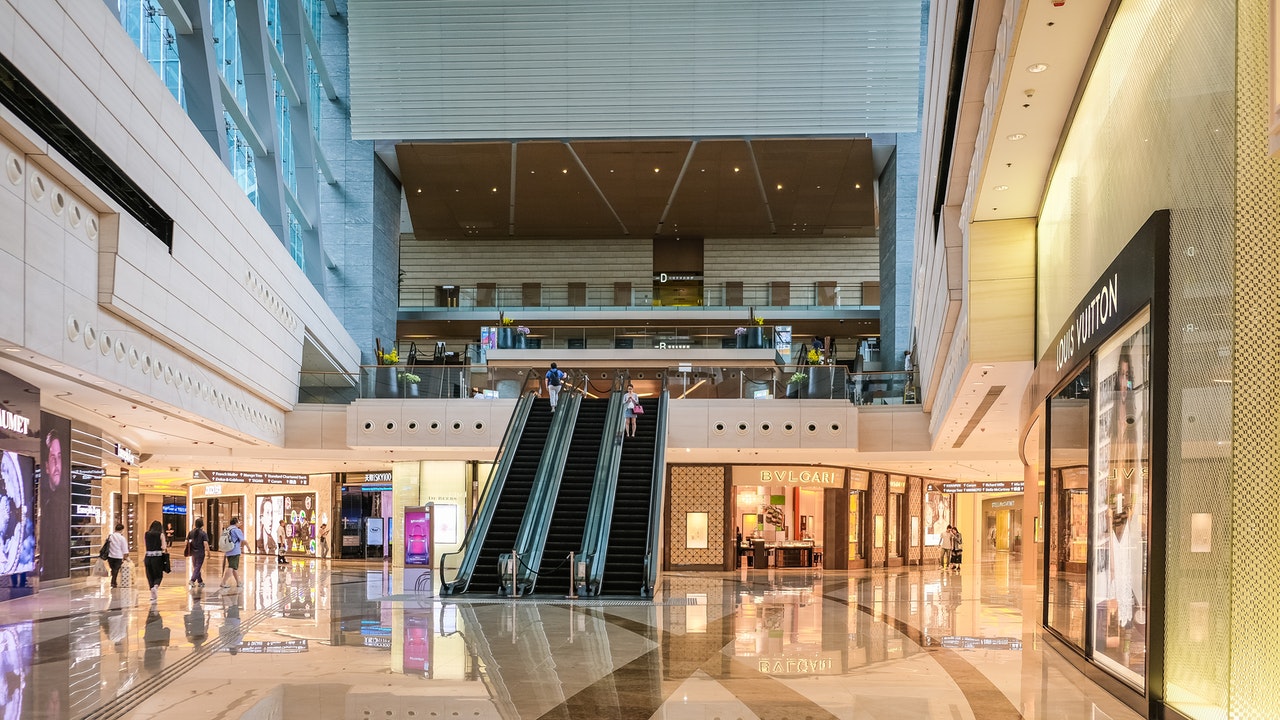
In today’s competitive retail landscape, malls are constantly seeking innovative ways to enhance customer experiences, optimize operations, and drive revenue growth. Amidst this pursuit, Power BI technology emerges as a transformative solution for mall analytics, offering comprehensive insights and actionable intelligence to mall operators and retailers alike.
Understanding Power BI Technology:
Power BI is a powerful business analytics tool by Microsoft that enables organizations to visualize data, derive insights, and make informed decisions. It integrates seamlessly with various data sources, including sales data, foot traffic patterns, inventory levels, and customer demographics, providing a unified view of mall operations.
Power BI is a business intelligence platform that can be used to collect, analyze, and visualize data from a variety of sources. This data can be used to create insights that can help malls improve their operations and make better decisions.
Here are some of the ways that Power BI can be used for mall analytics:
Understanding customer behavior:
Power BI can be used to track customer movement throughout the mall, identify popular areas, and understand what types of stores customers are visiting. This information can be used to improve the mall layout, create more effective marketing campaigns, and select the right tenant mix.
Improving operational efficiency:
Power BI can be used to track key performance indicators (KPIs) such as sales, traffic, and occupancy. This information can be used to identify areas where the mall is underperforming and make necessary adjustments.
Making better decisions:
Power BI can be used to create simulations and forecasts to help malls make better decisions about pricing, promotions, and inventory.
Power BI is a powerful tool that can help malls improve their operations and make better decisions. By using Power BI to understand their customers and their needs, malls can create a more engaging and profitable experience for shoppers.
Here are some specific examples of how Power BI is being used by malls today:
The Mall of America:
The Mall of America is using Power BI to track customer movement and identify popular areas. This information is being used to improve the mall layout and create more effective marketing campaigns.
Westfield Shopping Centres:
Westfield Shopping Centres is using Power BI to track key performance indicators (KPIs) such as sales, traffic, and occupancy. This information is being used to identify areas where the mall is underperforming and make necessary adjustments.
Simon Property Group:
Simon Property Group is using Power BI to create simulations and forecasts to help malls make better decisions about pricing, promotions, and inventory.
These are just a few examples of how Power BI is being used by malls today. As Power BI continues to evolve, it is likely that we will see even more innovative ways to use this technology to improve the mall experience.
Key Features and Benefits for Mall Analytics:
Real-time Data Visualization:
Power BI allows mall operators to visualize key performance metrics in real time, including sales trends, foot traffic patterns, and occupancy rates. Interactive dashboards provide instant insights into mall performance, enabling timely decision-making and proactive response to market dynamics.
Customer Segmentation and Profiling:
By leveraging Power BI’s advanced analytics capabilities, malls can segment customers based on demographics, purchasing behavior, and preferences. This enables targeted marketing campaigns, personalized promotions, and enhanced customer engagement, driving loyalty and repeat visits.
Inventory Management and Merchandising:
Power BI enables malls to optimize inventory management and merchandising strategies by analyzing sales data, product performance, and inventory levels. Predictive analytics models help forecast demand, identify popular products, and optimize stock levels, reducing out-of-stock situations and maximizing sales opportunities.
Operational Efficiency and Cost Optimization:
Power BI provides insights into operational efficiency metrics such as staffing levels, energy consumption, and maintenance costs. By identifying inefficiencies and cost-saving opportunities, malls can streamline operations, reduce expenses, and improve overall profitability.
Tenant Performance Analysis:
Mall operators can use Power BI to analyze tenant performance metrics, such as sales per square foot, foot traffic conversion rates, and customer satisfaction scores. This helps identify high-performing tenants, optimize tenant mix, and negotiate lease agreements more effectively, ultimately driving revenue growth.
Real-world Applications and Success Stories:
- Mall A experienced a 15% increase in sales revenue after implementing Power BI for analyzing foot traffic patterns and optimizing tenant mix based on customer demographics.
- Mall B reduced energy costs by 20% by using Power BI to analyze energy consumption data and identify opportunities for energy efficiency improvements.
- Mall C improved customer satisfaction scores by 25% by leveraging Power BI for analyzing customer feedback and implementing targeted improvements in amenities and services.
Conclusion:
Power BI technology offers a powerful solution for mall analytics, enabling operators to gain valuable insights, optimize operations, and enhance customer experiences. By harnessing the capabilities of Power BI, malls can stay competitive in today’s retail landscape, drive revenue growth, and create compelling shopping destinations for customers.
For more information refer here.


